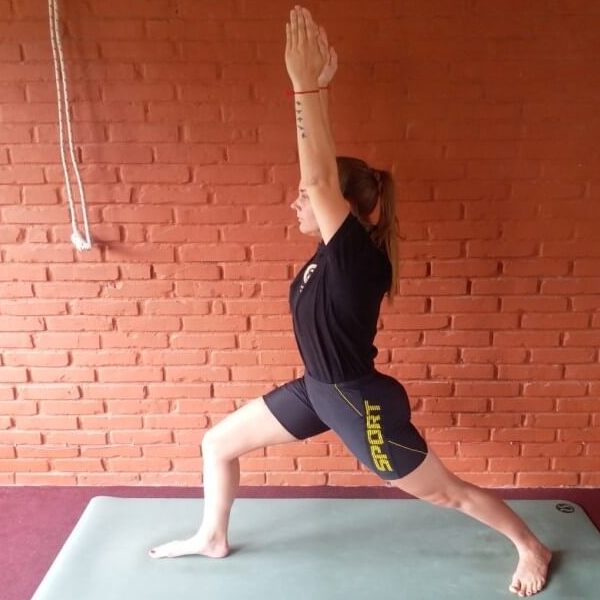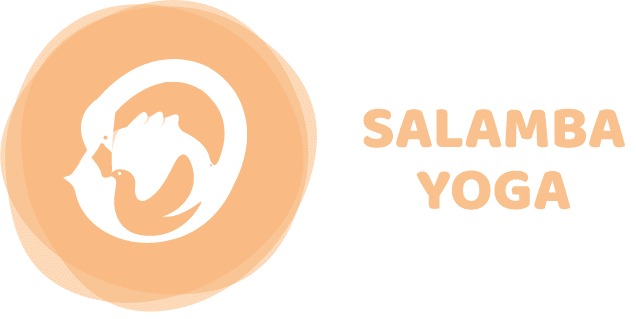Virabhadra : Warrior – Asana : Posture
Virabhadra : A warrior considered as a manifestation of lord Shiva. Virabhadrasana is one of the most profound and important postures. It is not just a lunge; it incorporates a lot of rotational work around the ankle area, SI joint and hip area. Become aware of the rotational movement of the spine when in this posture.Instructions:
- Step feet 4 feet apart and turn the right foot out 90 degrees
- Left foot should move at least 45 degrees in and the left foot’s outer heel should be firmly pressed
- Keep the feet in heel to heel alignment
- Left foot also be kept facing the front. The left heel can lift up in case of tight calf muscles
- Bring your left hip in line with front hip by rotating the left back thigh inside out
- Keep pressing on the back foot’s heel as you move your front leg into the lunge
- Spread the frontal base of the right foot nicely and press the heel to lift the shinbone up and back into the leg
- Tuck the tail bone in and lift the spine by lifting through the side ribs
- Move your arms out to the sides and externally rotate the arms so that the palms face up. Now lift the arms up in Urdhva Hastasana
- Press the base of the wrists firmly against each other and rotate your arms externally
- Maintain a straight spine and when breathing, relax the facial muscles
- Pay attention to the movement of the trunk. It should face to the front; if the trunk moves to the left rotate it back to the right

Variations :
- Feet placement may be changed according to the mobility of the ankle and length of back calf muscle
- Keep a block underneath the heel of the back foot in case of a weak back leg and shortened calf muscle
- Keep a belt on the wrist to keep strong arms
- Keep a belt on the back thigh to rotate the back hip
- Keep the back heel on a wall to give strength to the back leg and to deepen the lunge
- Reach the arms towards the wall to deepen the back bend
- According to guru Ji B.K.S Iyengar Vira 1 teaches us the entry to a backbend. The action of the scapulae must be learned to experience this.
Benefits:
- Makes the back ankle mobile and strong
- Strengthens the legs
- Makes the paraspinal muscles strong and supple
- Provides good mobility in the SI joint area
- Opens up the thoracic spine
- Gives correct action for backward bends
Interested in joining our Yoga Teacher Training?
We have limited openings, so enroll now
